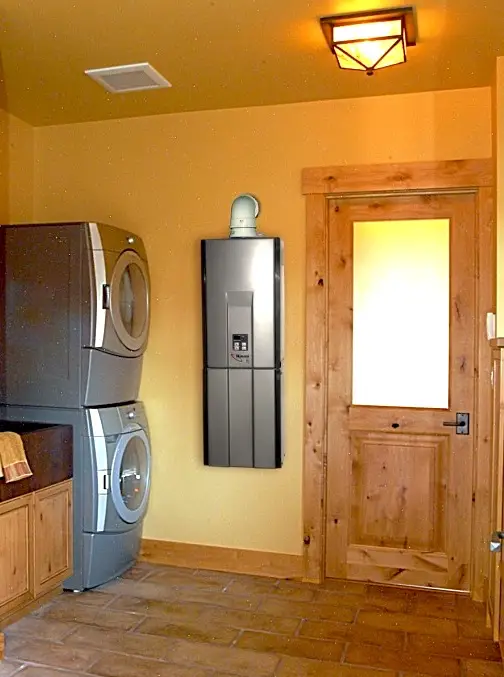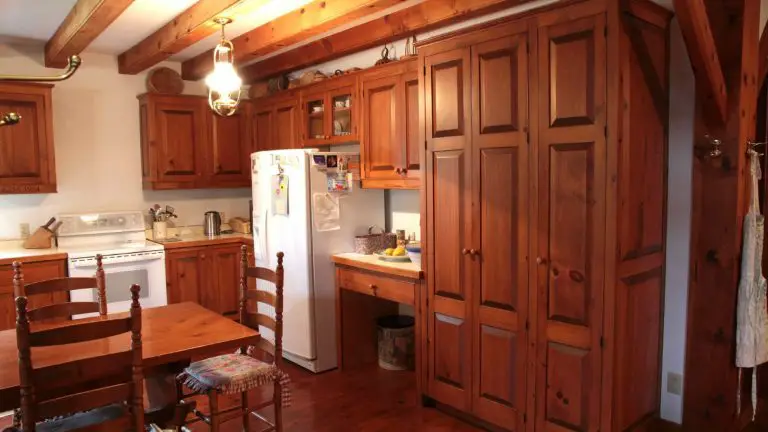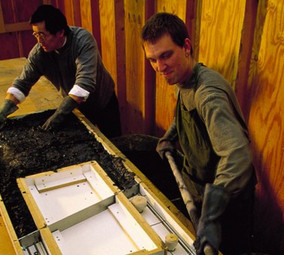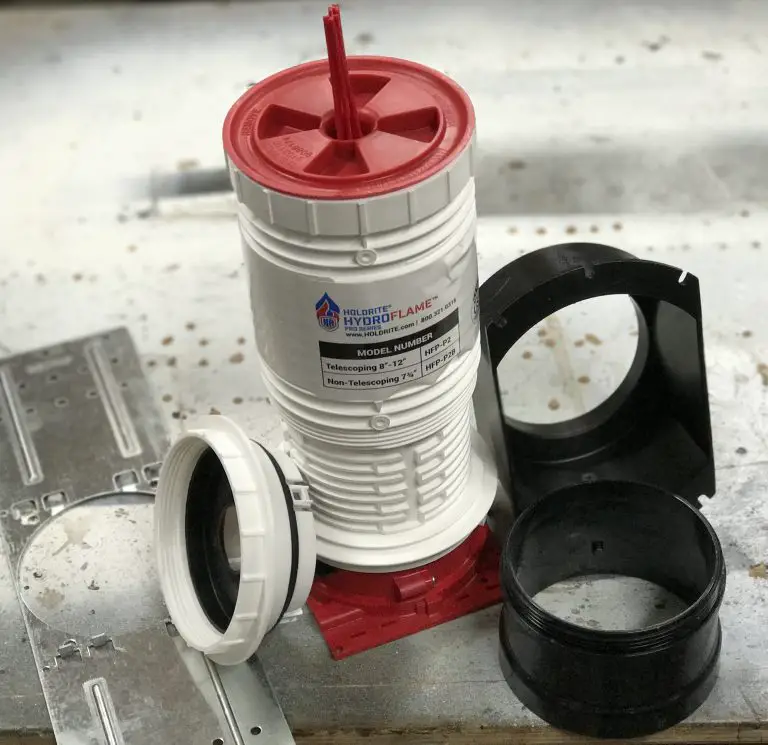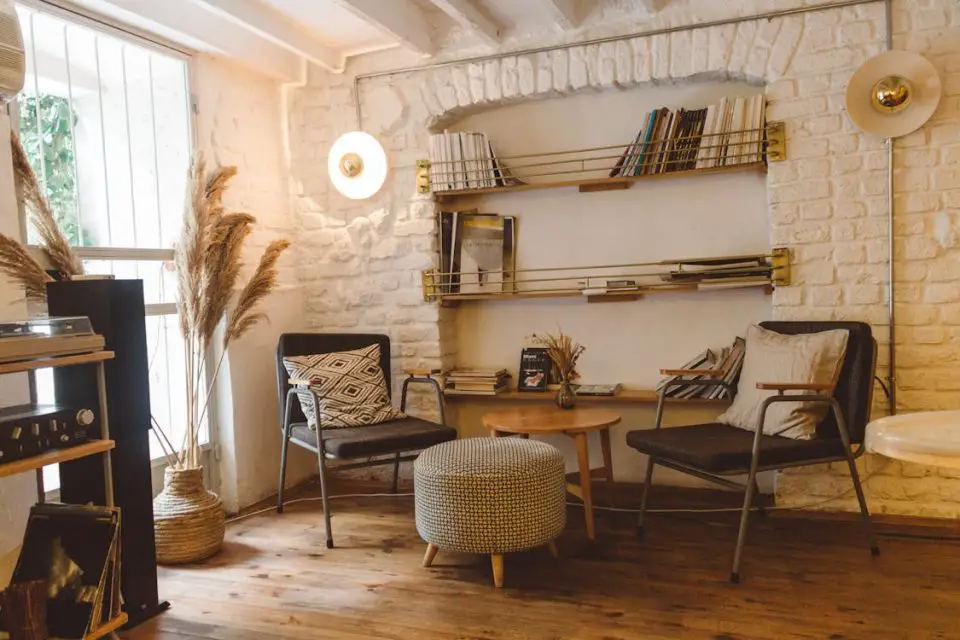
If you’ve ever found yourself bundling up in blankets during winter or struggling to stay cool in summer you know how important comfort is. Creating a comfortable home throughout the year can be challenging when temperatures and weather conditions constantly change. A cozy home means more than just being warm or cool—it’s about having a place that feels inviting, balanced, and pleasant no matter the season. In this blog, we will share practical tips to help your home stay cozy and enjoyable through every season.
Seal Out Drafts and Air Leaks
One of the first things you should check is your home’s ability to keep outdoor air from sneaking inside. Small gaps around windows, doors, and even outlets can let in cold air during winter or hot air during summer. These leaks make your heating and cooling systems work harder, which can also increase your energy bills. Using weather stripping, caulk, or foam sealant can close these gaps and help maintain a stable indoor temperature.
Another useful step is to inspect your attic and basement. These areas often let in outside air if they’re not properly sealed. Adding insulation or sealing cracks in these spaces can help prevent unwanted temperature shifts. Taking time to make these updates will keep your home more comfortable and save you money over time.
Keep Heating and Cooling Systems in Top Shape
Your HVAC system plays a major role in keeping your home cozy year-round. Regular maintenance helps it run smoothly and efficiently. Schedule seasonal checkups before summer and winter so a technician can inspect and clean the system. Dirty filters, blocked vents, or broken parts can make the system work harder and waste energy. Replacing air filters every few months also keeps indoor air cleaner.
If you live in California, you might want to look into local experts like bellowsservice.com. They offer reliable services for heating, cooling, and plumbing needs. Choosing professionals with experience in your area means your systems will be tuned to local weather conditions. Taking care of your HVAC unit is one of the best ways to maintain comfort throughout the year.
Insulate to Regulate Indoor Temperature
Insulation is one of the best tools to help your home stay cozy. It keeps warmth inside during winter and blocks heat during summer. Check your attic, walls, and floors to see if they have enough insulation. Older homes often need upgrades in this area. Adding more insulation or replacing damaged materials can have a big impact on comfort.
Even windows and doors can benefit from added insulation. Using heavy curtains or insulated window panels can reduce heat loss. Door sweeps and foam strips can block cold air. Small improvements like these go a long way in helping your home maintain a comfortable temperature through the seasons.
Use Curtains and Blinds Strategically
Curtains and blinds do more than decorate your space. They help manage indoor temperatures if you use them wisely. In the winter, open them during the day to let in sunlight, then close them at night to trap warmth. In the summer, do the opposite—close blinds during the hottest part of the day to block heat and open them at night to let cooler air in.
Choosing the right materials also matters. Thick or thermal curtains help keep heat in during cold months. Light-colored blinds reflect sunlight, keeping rooms cooler during summer. Simply adjusting your window coverings based on the season can make your living space much more comfortable.
Maintain Proper Humidity Levels
Humidity plays a big role in how your home feels. When the air is too dry in the winter, it can cause dry skin, sore throats, and even make your heating system feel less effective. Using a humidifier helps balance the air and makes your space feel warmer. Place humidifiers in rooms where you spend the most time, like the bedroom or living room.
In contrast, summer brings high humidity, which can make your home feel sticky and uncomfortable. A dehumidifier can remove extra moisture from the air. This not only makes the space feel cooler but also helps prevent mold and mildew. Keeping humidity levels in check helps you breathe better and stay more comfortable.
Switch to Smart Thermostats
A smart thermostat can improve your home’s comfort and save energy at the same time. These devices take a note of your habits and tweak temperatures based on your schedule. You can also control them from your phone, even when you’re not home. This helps keep your home cozy without wasting energy when no one is around.
You can set different temperatures for different times of the day or week. For example, lower the heat while you sleep and have it warm up again before you wake. In the summer, let the house cool down right before you get home from work. A smart thermostat makes it easy to keep indoor conditions just right.
Incorporate Cozy Décor for All Seasons
Comfort isn’t only about temperature—it’s also about how a space feels. Adding cozy touches to your décor can make a big difference. Use throw blankets, area rugs, and soft pillows to add warmth during the colder months. Choose warm colors and soft textures to make rooms feel inviting.
During the warmer months, switch out heavy fabrics for lighter ones like cotton or linen. Use cool tones and breathable materials to create a relaxing space. Swapping out a few items based on the season keeps your home feeling fresh and cozy without needing major changes. Small updates can make a space feel more pleasant and comfortable all year.
In conclusion, creating a cozy home isn’t about using one single method. It’s about paying attention to the details that affect how your home feels in every kind of weather. From sealing air leaks to using smart technology and seasonal décor, each step brings you closer to a more balanced, comfortable living space. Taking the time to care for your home not only makes it more enjoyable for you but also improves energy use and helps your systems last longer. Think about what comfort means to you and take simple steps to create that feeling, one room at a time.







